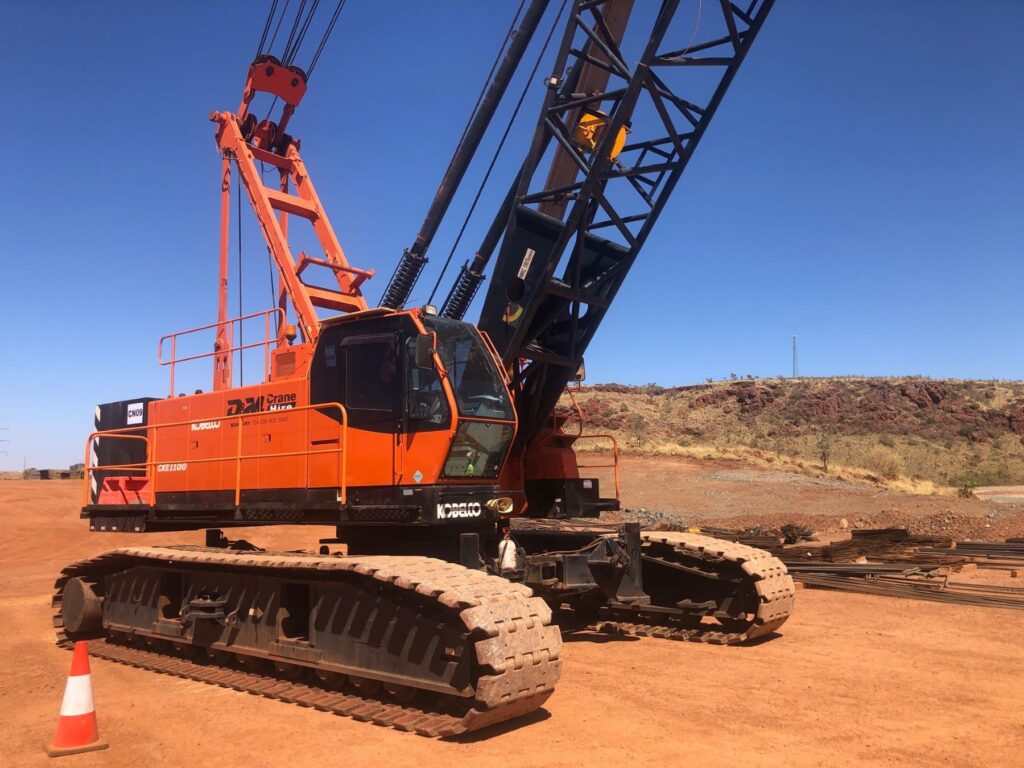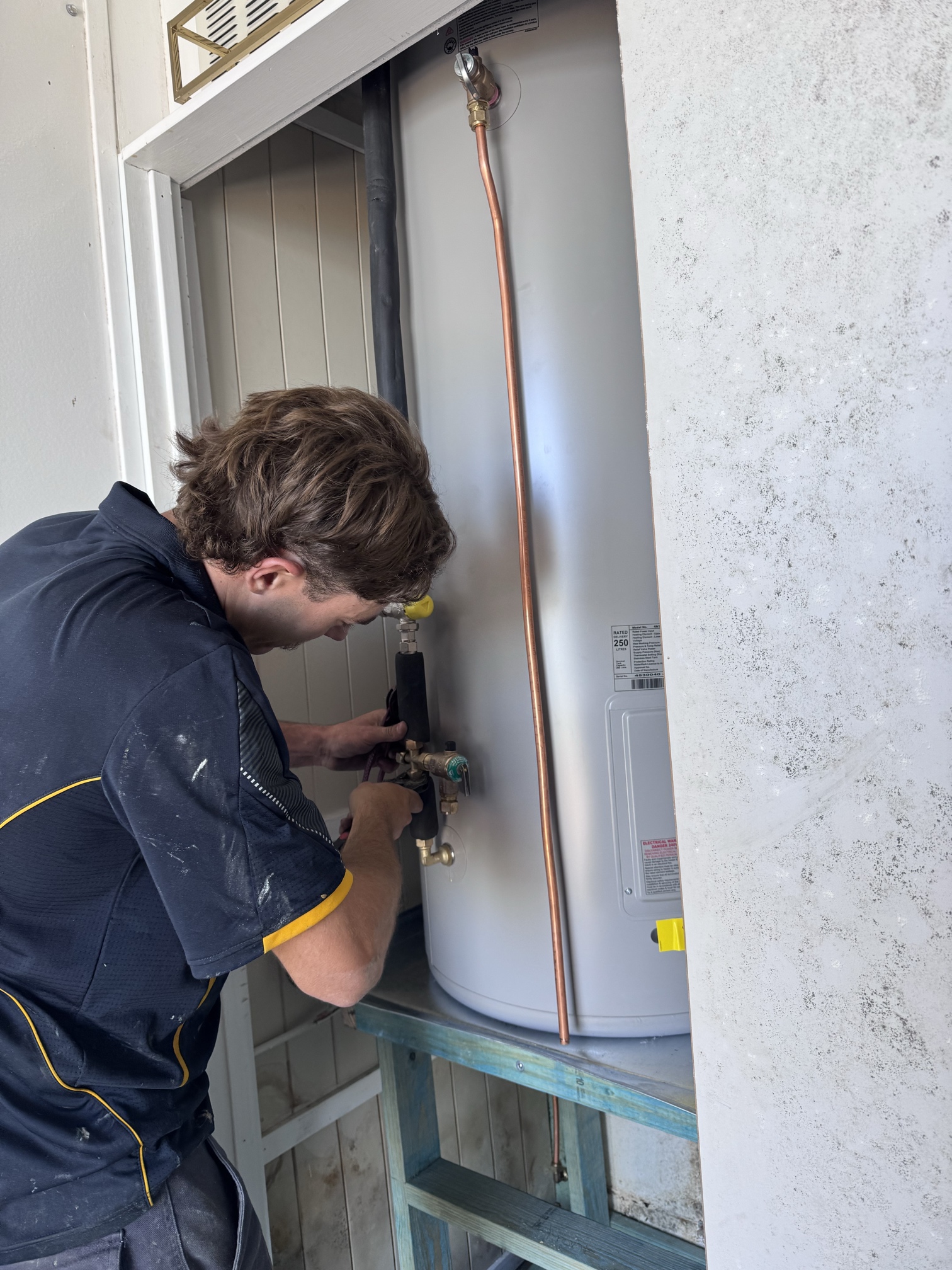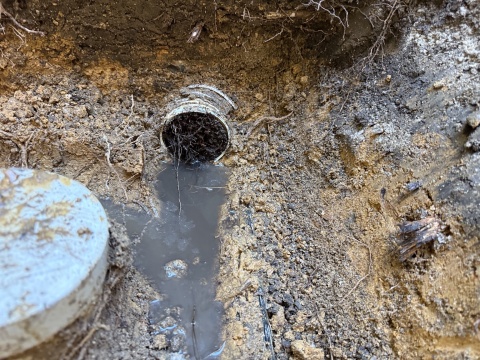As a construction business owner or operator in Adelaide, Australia, you understand the critical role that heavy machinery plays in your day-to-day operations. Whether it’s articulated telescopic mini loaders, site dumpers, backhoe loaders, or cranes, these machines are the backbone of your projects. To ensure the safety, efficiency, and longevity of your equipment, regular maintenance is essential.
The Significance of Construction Equipment Maintenance
Regular maintenance of your construction equipment is vital for several reasons. First and foremost, it ensures the longevity of your machines. These heavy-duty investments are designed to withstand rigorous work environments, but without proper care, they can deteriorate quickly. Regular maintenance, including inspections, lubrication, and parts replacement, helps prevent major breakdowns, extends the lifespan of your equipment, and protects your investment.
Additionally, maintenance enhances the performance of your construction equipment. Well-maintained machines operate at their peak efficiency, allowing you to complete tasks more effectively and meet project deadlines. By addressing performance issues such as decreased engine power, hydraulic leaks, or electrical problems early on, you can maximize productivity and reduce downtime on the job site.
Safety is another crucial aspect of construction equipment maintenance. Malfunctioning or poorly maintained machines pose significant risks to operators and other personnel. Regular maintenance helps identify and address potential safety hazards, such as faulty brakes, worn-out tires, loose hydraulics, or damaged electrical components. It ensures compliance with industry regulations and standards, reducing the risk of accidents, injuries, fines, or legal liabilities.
Lastly, proper maintenance leads to cost savings in the long run. While it may seem like an additional expense, regular maintenance prevents costly breakdowns and repairs. It also improves fuel efficiency, extends the life of your equipment, and increases its resale value. By investing in routine maintenance, you can minimize downtime, control costs, and optimize the return on your investment.
Creating a Maintenance Schedule for Construction Equipment
To effectively maintain your construction equipment in Adelaide, it’s crucial to establish a comprehensive maintenance schedule. This schedule should include routine inspections, preventative maintenance tasks, and any specific requirements outlined by the manufacturer. By organizing and adhering to a maintenance plan, you can ensure that each machine receives the necessary care and attention it requires.
1. Manufacturer Guidelines and Recommendations
Start by reviewing the manufacturer’s guidelines and recommendations for maintenance. These guidelines provide valuable insights into the specific requirements of each piece of equipment. They outline the recommended intervals for routine inspections, lubrication, filter replacements, and other essential maintenance tasks.
2. Adelaide’s Work Environment Factors
Consider the unique work environment in Adelaide when developing your maintenance schedule. Factors such as temperature extremes, dust, humidity, and exposure to corrosive materials can impact the performance and lifespan of your equipment. Adjust your maintenance intervals accordingly to account for these environmental factors.
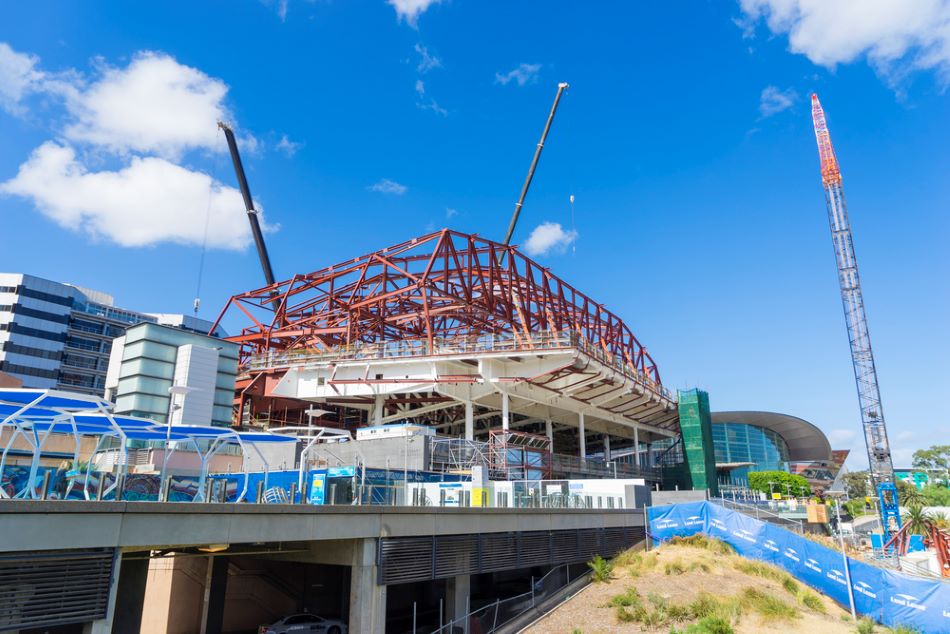
3. Equipment Usage and Workload
Take into account the frequency of equipment usage and the workload it handles. Heavy machinery used intensively or in demanding applications may require more frequent maintenance than equipment used sporadically or for lighter tasks. Evaluate the workload of each machine and adjust maintenance intervals accordingly.
4. Keep Detailed Maintenance Records
Maintaining detailed records of all maintenance activities is essential for tracking the history of each machine. Record the dates of inspections, repairs, parts replacements, and any other maintenance performed. These records serve as a valuable reference, helping you identify patterns, anticipate future maintenance needs, and demonstrate compliance with warranty requirements.
5. Utilize Technology and Software Solutions
Incorporate technology and software solutions to streamline your maintenance processes. There are various software programs and mobile apps available that can help you create maintenance schedules, track maintenance activities, and receive reminders for upcoming tasks. These tools can increase efficiency, improve organization, and ensure that no maintenance tasks are overlooked.
Routine Inspections and Maintenance Procedures
Regular inspections and maintenance procedures are the backbone of effective equipment maintenance. By following a systematic approach and conducting thorough inspections, you can identify potential issues early on and address them promptly. Here are some key areas to focus on during routine inspections:
1. Visual Inspections
Perform visual inspections of your construction equipment to identify any visible signs of wear, damage, or leaks. Check for loose bolts or fasteners, cracked hoses, worn-out tires, and damaged electrical connections. Inspect the overall condition of the machine, including the exterior, engine compartment, hydraulic systems, and operator controls.
2. Lubrication and Fluid Checks
Proper lubrication is crucial for the smooth operation of your equipment. Regularly check and replenish lubricants, ensuring that each component receives the necessary amount of grease or oil. Monitor fluid levels, including engine oil, hydraulic fluid, coolant, and fuel. Address any leaks or abnormalities promptly.
3. Filter Replacements
Filters play a vital role in maintaining the cleanliness and efficiency of your equipment’s systems. Regularly inspect and replace air filters, fuel filters, hydraulic filters, and oil filters as recommended by the manufacturer. Clean or replace clogged filters to prevent contaminants from entering critical components.
4. Electrical System Checks
Inspect the electrical system of your construction equipment, including batteries, wiring, and connectors. Ensure that all electrical connections are secure and free from corrosion. Test the battery voltage and recharge or replace batteries as needed. Check the functionality of lights, alarms, and other electrical components.
5. Component Wear and Tear
Pay close attention to component wear and tear, especially in high-stress areas such as pins, bushings, tracks, and bucket teeth. Regularly measure and monitor wear levels, addressing any excessive wear promptly. Replace worn-out components to prevent further damage and ensure optimal performance.
Major Crane Inspections and Rebuilds
In addition to routine maintenance, cranes require specialized inspections and rebuilds due to their complex and critical nature. Adelaide’s construction industry heavily relies on cranes for various lifting and hoisting tasks, making their proper maintenance and inspection crucial.
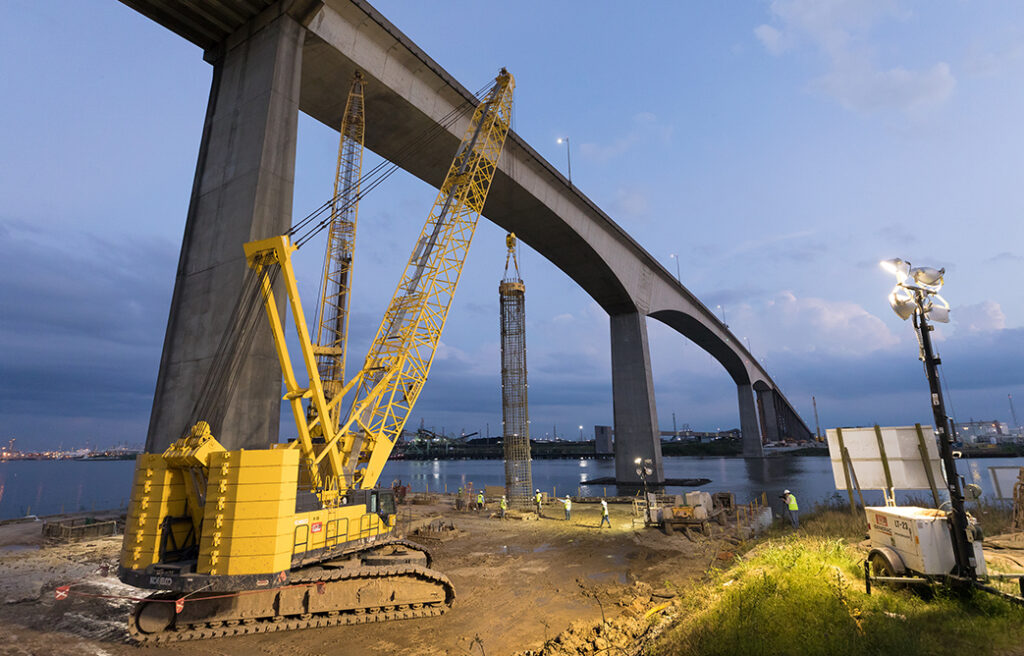
Here are some key considerations for major crane inspections and rebuilds:
1. Regular Inspections
Crane inspections should be conducted at regular intervals to ensure compliance with regulatory requirements and identify any potential safety issues. These inspections, often performed by certified inspectors, assess the condition of critical components, structural integrity, and overall functionality of the crane. They help detect any signs of wear, corrosion, or fatigue that may compromise the crane’s safety and performance.
2. Load Testing
Load testing is an essential part of crane inspections and ensures that the crane can handle the specified load capacity safely. It involves subjecting the crane to various load scenarios, including maximum rated loads, to confirm its stability, structural integrity, and lifting capabilities. Load testing should be performed by experienced professionals following industry standards and guidelines.
3. Component Rebuilds and Overhauls
Over time, crane components may require rebuilds or overhauls to maintain their performance and extend their lifespan. This process involves disassembling critical components, inspecting them for wear or damage, and replacing worn-out parts. Component rebuilds and overhauls should be performed by qualified technicians with expertise in crane maintenance and rebuilding.
4. Lubrication and Greasing
Proper lubrication is essential for the smooth operation of crane components, such as bearings, gears, and cables. Regularly lubricate critical parts as specified by the manufacturer to minimize friction, reduce wear, and ensure optimal performance. Use high-quality lubricants suitable for the specific crane components and operating conditions in Adelaide.
5. Electrical and Hydraulic Systems
Thoroughly inspect the electrical and hydraulic systems of cranes during major inspections and rebuilds. Check wiring, connectors, and control systems for any signs of damage, wear, or malfunction. Test hydraulic components, such as cylinders, valves, and hoses, to ensure proper functionality and address any leaks or pressure irregularities.
Conclusion
Regular maintenance of construction equipment, including articulated telescopic mini loaders, site dumpers, backhoe loaders, and cranes, is crucial for the success of construction projects in Adelaide, Australia. By prioritizing maintenance and adhering to a comprehensive schedule, you can protect your investment, enhance equipment performance, ensure safety, and save costs in the long run.
Implement routine inspections, lubrication, filter replacements, and component checks to keep your equipment in optimal condition. For cranes, major inspections, load testing, and component rebuilds are essential to maintain their safety and functionality. Remember, a well-maintained fleet of construction equipment is the key to a successful construction business in Adelaide.
